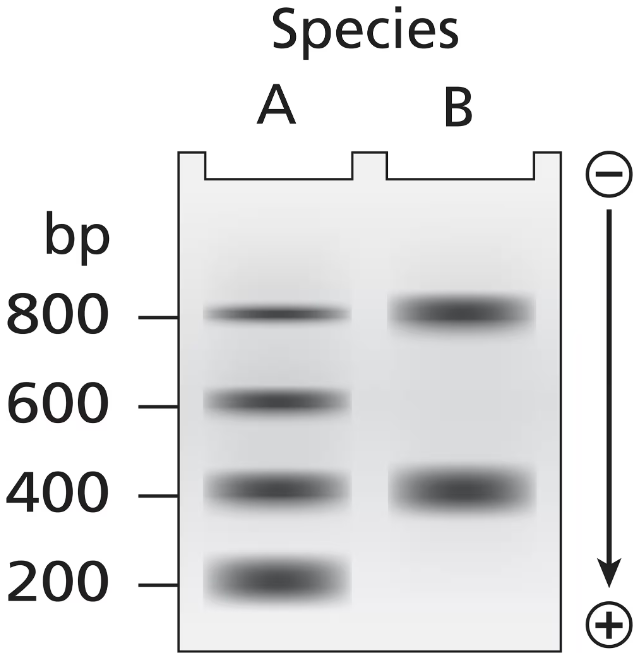Here are the essential concepts you must grasp in order to answer the question correctly.
Chromatin Structure
Chromatin is a complex of DNA and proteins found in the nucleus of eukaryotic cells, primarily composed of histones. It exists in two forms: euchromatin, which is loosely packed and transcriptionally active, and heterochromatin, which is tightly packed and transcriptionally inactive. The organization of chromatin affects gene expression and DNA accessibility, making it crucial for understanding how DNA is protected or exposed during experiments like DNase I treatment.
Recommended video:
Nucleosome Spacing
Nucleosomes are the fundamental units of chromatin, consisting of a segment of DNA wrapped around a core of histone proteins. The spacing between nucleosomes can vary, influencing the accessibility of DNA for transcription and other processes. In the context of DNase I treatment, the spacing determines which DNA fragments are protected from cleavage, leading to distinct patterns in gel electrophoresis that reflect the chromatin organization of each species.
Recommended video:
Gel Electrophoresis
Gel electrophoresis is a laboratory technique used to separate DNA fragments based on their size. When an electric current is applied, negatively charged DNA moves through a gel matrix, with smaller fragments migrating faster than larger ones. The resulting banding pattern allows researchers to visualize and compare the sizes of DNA fragments, providing insights into chromatin structure and the effects of treatments like DNase I on different species' DNA.
Recommended video:






